Home > Climate News >
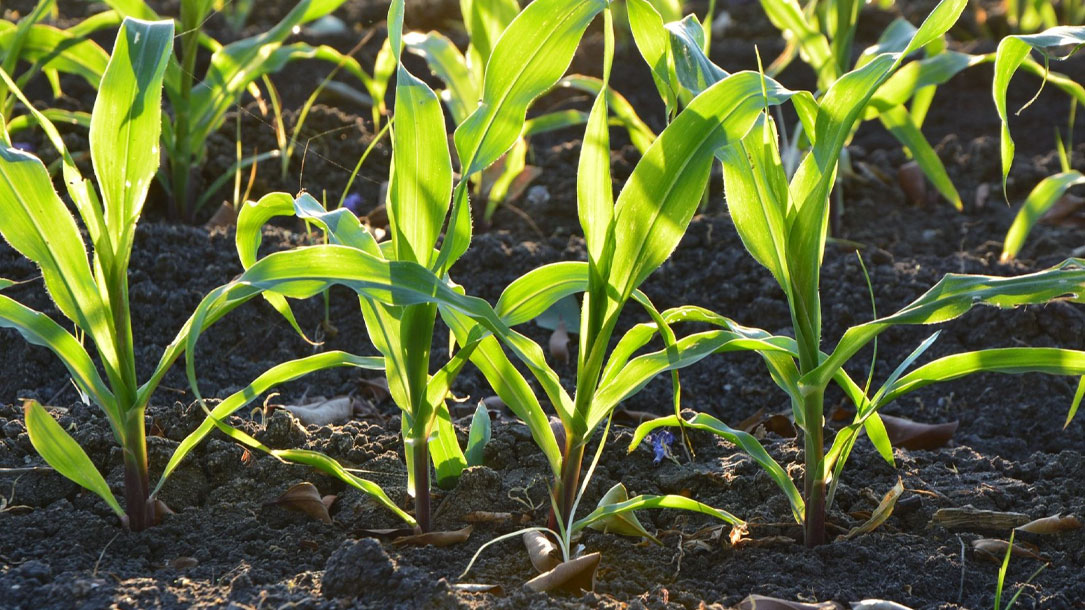
As soils warm, microbes pump more carbon dioxide to the atmosphere
Thomas Crowther is professor of ecosystem ecology at ETH Zurich, a university in Switzerland. “As we warm those soils, those microbes become more active, and that means they release more carbon into the atmosphere,” he says.
He says that makes the climate warmer, which in turn makes the microbes even more active, “which pumps more carbon out of the soil, which warms the planet further, leading to a feedback that can actually really accelerate the rate of climate change…”
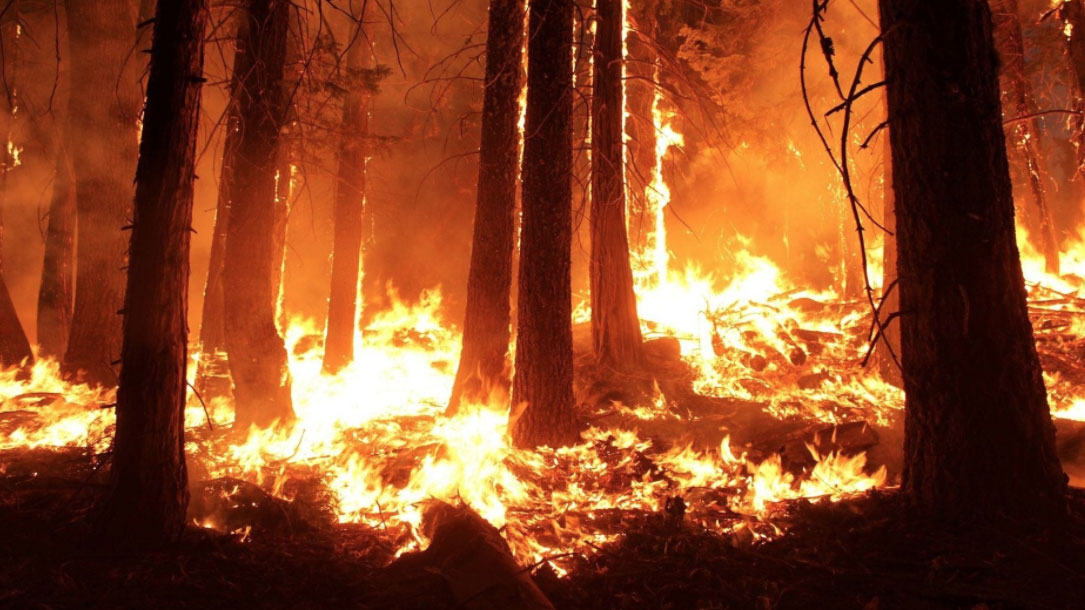
Disastrous wildfires sweeping through Alaska could permanently alter forest composition
Now, a new study from the Berkeley Lab finds that future summers characterized by similar record-high temperatures and extreme wildfires fueled by climate change could cause irreparable changes within the forest, pushing cold-preferring iconic evergreen conifer trees out as broadleaf deciduous trees move in.
“Expansion of the deciduous broadleaf forests in a warmer climate may result in several ecological and climatic feedbacks that affect the carbon cycle of northern ecosystems,” said study author and Berkeley Lab postdoctoral fellow Zelalem Mekonnen…

‘Bigger picture, it’s climate change’
“Bigger picture, it’s climate change,” said Richard B. Rood, a professor in the University of Michigan’s Department of Climate and Space Sciences and Engineering. “There’s no doubt that we are in a region where climate change is having an impact.”
Rood said the Great Lakes basin, which holds 90% of the nation’s freshwater, can expect similar shifts in the coming decades as world temperatures increase…
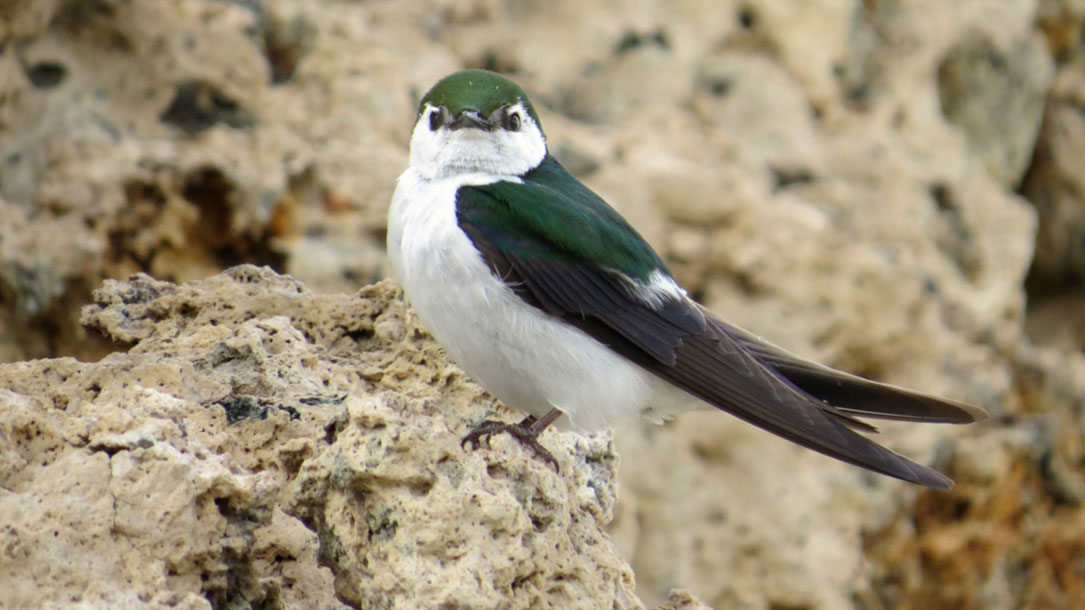
Collapse of desert birds due to heat stress from climate change
As temperatures rise, desert birds need more water to cool off at the same time as deserts are becoming drier, setting some species up for a severe crash, if not extinction, according to a new study from the University of California, Berkeley.
The team that last year documented a collapse of bird communities in Mojave Desert over the last century—29% of the 135 bird species that were present 100 years ago are less common and less widespread today—has now identified a likely cause: heat stress associated with climate change.

High rates of primary production in structurally complex forests
“Structure–function relationships are central to many ecological paradigms. Chief among these is the linkage of net primary production (NPP) with species diversity and canopy structure. Using the National Ecological Observatory Network (NEON) as a subcontinental‐scale research platform, we examined how temperate‐forest NPP relates to several measures of site‐level canopy structure and tree species diversity…”

Structural complexity in forests improves carbon capture
Forests in the eastern United States that are structurally complex—meaning the arrangement of vegetation is varied throughout the physical space—sequester more carbon, according to a new study in Ecology, a journal of the Ecological Society of America…
“Many of the ecological indicators of forest growth and carbon sequestration fail to explicitly account for complexity,” Gough said. “These results, we hope, push the science forward by showing that how a forest is put together matters for carbon sequestration. And this relationship extends broadly to a number of different forests, from evergreen to deciduous and mid-Atlantic to Midwest.”

Are These Birds Better Than Computers at Predicting Hurricane Seasons?
“It was with some trepidation that, a little over a year ago, Christopher Heckscher tweeted a prediction: The 2018 Atlantic Ocean hurricane season would be stronger than average, with an accumulated cyclone energy—or ACE, a measure of the season’s intensity—somewhere between 70 and 150. His unease was understandable. Heckscher was publicly pitting his napkin-math projection against forecasts generated by state-of-the-art computer models churning through decades of meteorological data. And Heckscher isn’t even a meteorologist—he’s an ornithologist. The source of his data? A bunch of birds in Delaware.
Five months later, hurricane season was over and the results were in…”
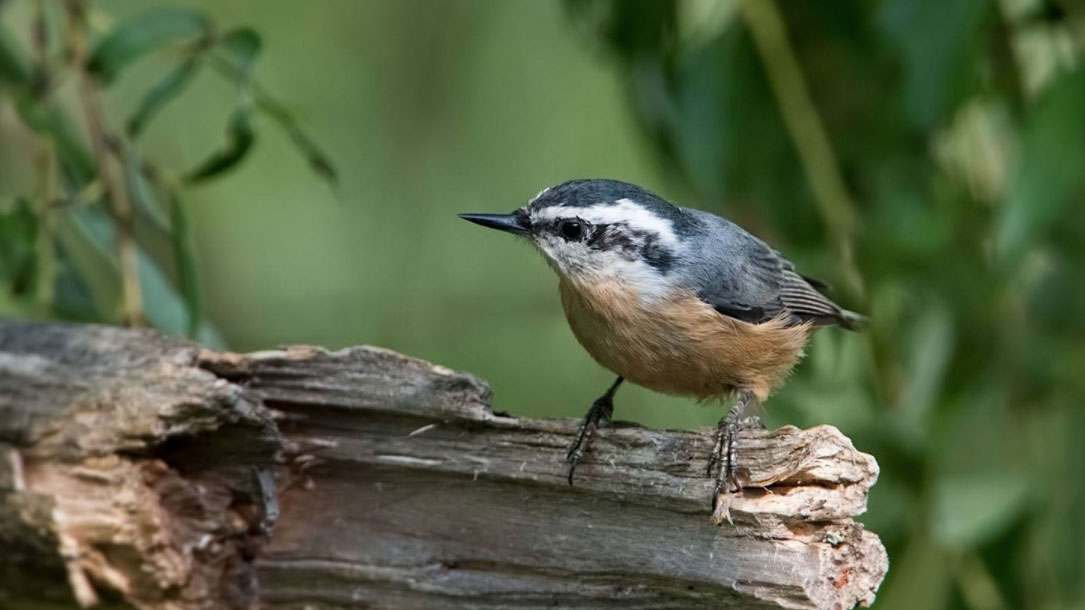
Why is climate change’s 2°C limit of warming so important?
If you read or listen to almost any article about climate change, it’s likely to refer in some way to the “2°C limit.” The story might also mention the greatly increased risks if the climate exceeds 2°C and the catastrophic impacts to our world if we warm more than that…
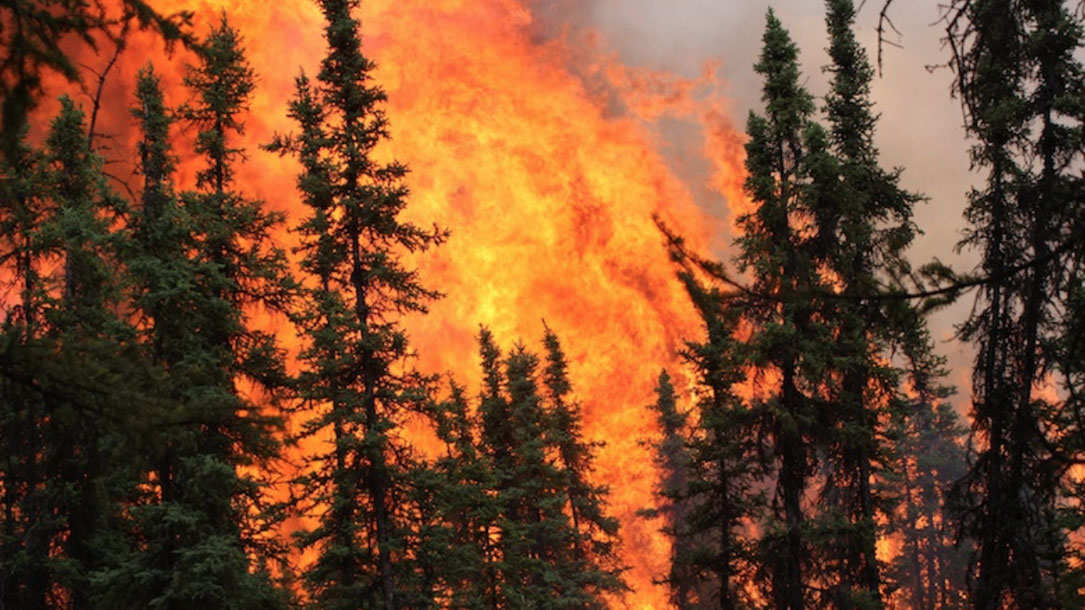
Wildfires Could Permanently Alter Alaska’s Forest Composition
“This summer, Alaska has experienced record high temperatures and devastating wildfires. If such events become more frequent, how might that impact our northernmost forests? A team of researchers led by the Department of Energy’s Lawrence Berkeley National Laboratory (Berkeley Lab) projected that the combination of climate change and increased wildfires will cause the iconic evergreen conifer trees of Alaska to get pushed out in favor of broadleaf deciduous trees, which shed their leaves seasonally.
Using a well-tested ecosystem model called ecosys, they predicted that by the year 2100 the relative dominance of evergreen conifer trees (black spruce) will decline by 25% and non-woody herbaceous plants such as moss and lichen will decline by 66%, while broadleaf deciduous trees (aspen) will become dominant, nearly doubling in prevalence. With such large declines, this shift in vegetation will highly likely have reverberations for the entire ecosystem and climate…”

Mass Audubon & climate change
“Climate change requires us to boldly and urgently act to protect the wildlife and people we love. In response, Mass Audubon has committed to achieving a carbon neutral future in Massachusetts by 2050.
Carbon neutrality, or net zero emissions, means that we don’t emit any greenhouse gasses that we can’t soak back up out of the atmosphere. To do so entails protecting and conserving natural climate fighting tools, mitigating climate change by reducing and eliminating our greenhouse gas emissions, and amplifying nature’s resilience to climate impacts…”












